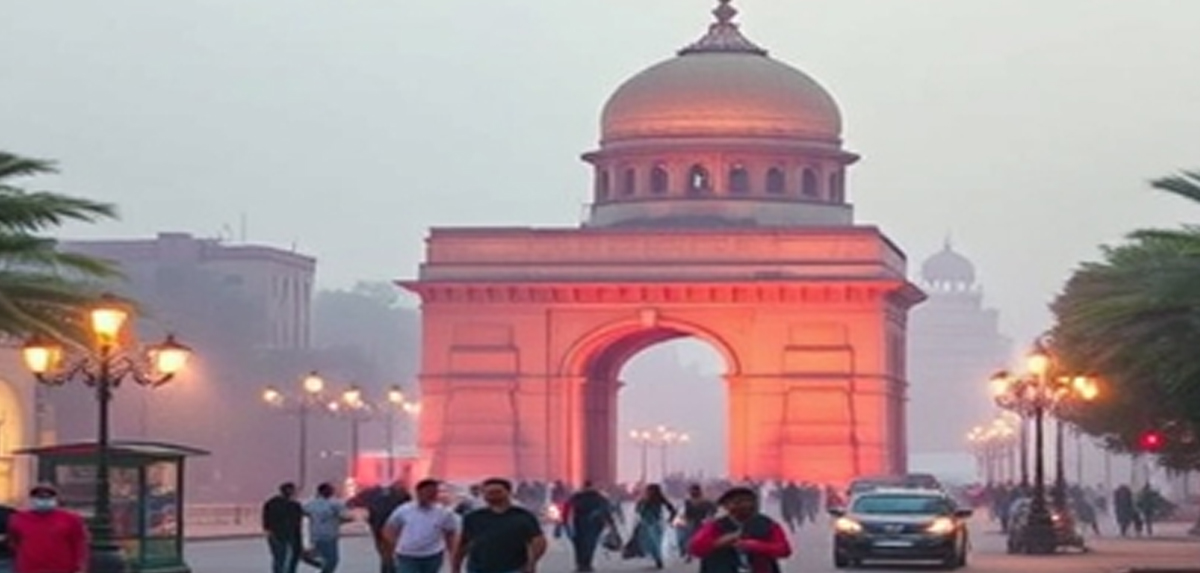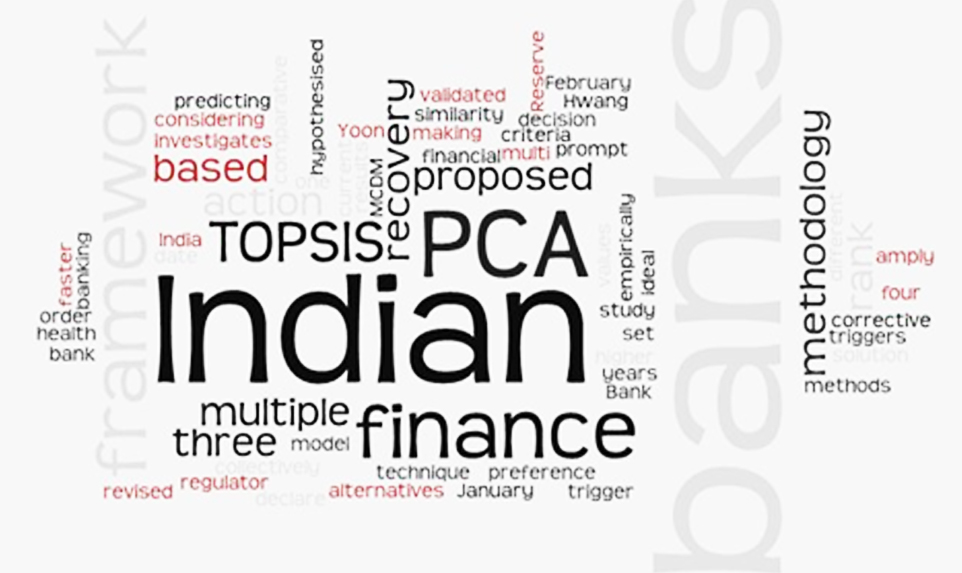Volume 12

Predictive Ability of Operating Cash Flow and Earnings on Future Cash Flow of Nse-Listed Firms
ABSTRACT The study examines the predictive ability of current operating cash flow and earnings on the future operating cash flow of the National Stock Exchange-100 listed firms in India. It is a 15 years (2001 to 2015) study and has 1,120 firm-year observations. The ordinary least squares method is used to improve the accuracy fixed effect model and a Random effect model are used. Evidence suggests that the current operating cash flows explain future cash flow better than current earnings, which contr...
Volume 12

Tax Provision by International Subsidiaries of Indian Extractive Industry Multinationals: Do Environmental Pollution and Corruption Matter?
ABSTRACT Outward foreign direct investment in the extractive industry increases the availability of metals and minerals that run the economic engine in the home country. It is unclear, however, whether tax provision by subsidiaries of emerging multinationals in extractive sectors respond to environmental pollution and corruption in the host country. In this paper we examine the tax provision in the host countries by subsidiaries of private sector based emerging multinationals in the extract...
Volume 12

Analyzing the Impact of Covid-19 on Indian Stock Market Efficiency: Sectoral Behaviour
ABSTRACT The study examines the impact of the COVID-19 pandemic on the Indian stock market, providing insights for informed investment decisions. It analyses efficiency and behavior across eight crucial sectors during two distinct periods: prepandemic (Period 1: February 15th, 2018 to February 14th, 2020) and pandemic (Period 2: February 17th, 2020 to February 15th, 2022). Addressing a literature gap on sector-wise pandemic effects, the study contributes valuable knowledge to investors and policymaker...
Volume 12

Analysing Delhi’s Prosperity: A Brief Commentary
ABSTRACT Delhi is a historical hub for regional, national and international commerce and a place for the socio-political elites. The city is widely considered to be prosperous. This study is an attempt at understanding Delhi’s affluence using both existing literature and data from Aspirational India, Consumer Pyramids Household Survey, 2024, Economic Survey of Delhi, 2023–2024 and Multiple Indicator Survey, 2020–2021. The city of Delhi faces significant challenges in terms of housing quality, ac...
Volume 12

Revisiting the Interest Rate-Investment Nexus in India: Fresh Perspective from Non-Parametric Analysis
It is generally believed that business spending on capital expenditure tends to decrease as interest rates rise, and vice versa, this is not always the case. The previous literature produces inconclusive results vis-à-vis the interest rate and investment nexus. This study analyzes the responsiveness of investment to changes in high and low levels of interest rates in India through a quantile-based, non-parametric method utilizing annual data from 1980 to 2022.This study uses Quantile-on-quantile (QQ) te...
Volume 12

Well-being among health care professionals: A hybrid review, integrative framework, and research agenda
High levels of stress and burnout are common mental health issues among health care professionals (HCPs), which were exacerbated during the COVID-19 pandemic. These issues hinder the well-being of HCPs, resulting in failures in health care systems. Despite being a crucial phenomenon, there is a lack of comprehensive and consolidated review of well-being among HCPs. This study addresses this research gap by conducting a hybrid systematic review of well-being in healthcare research. By employing the Prefer...
Volume 2

The Functioning of Dynamic Capabilities: Explaining the Role of Organizational Innovativeness and Culture
Using the knowledge-based view of the firm, dynamic capability literature and known dimensions of organizational innovativeness (OI), this article develops two testable models that attempt to explain: (1) how innovativeness functions as a source of capability dynamization and (2) how organizational culture (OC) critically determines this function of innovativeness. The study uses a cross-sectional design and maximum variation sampling to identify organizations from the population of formal Indian busines...
Volume 2

Influence of student-perceived service quality on sustainability practices of university and student satisfaction
The past decade has seen a proliferation of research on service quality in education. However, little attempt has been made to understand the impact of student perceived service quality on sustainability practices of the university or the effect of such practices on student satisfaction. To bridge this gap, this paper aims to propose a conceptual framework to examine the relationships between service quality, sustainable practices and student satisfaction from the perspective of students. A quantitative ...
Volume 2

Modelling the recovery of Indian banks under prompt corrective action framework: TOPSIS methodology
The current study empirically investigates the comparative financial health of each of the 12 Indian banks under prompt corrective action (PCA) framework considering multiple triggers of PCA framework collectively. A model for predicting the recovery of these banks from PCA has been proposed based on three different multi-criteria decision-making methods (MCDM), one being the technique for order of preference by similarity to the ideal solution (TOPSIS) proposed by Hwang and Yoon (1981) to rank the set o...
Volume 2

Prison libraries serving the ‘whole person’: A qualitative study
Incarceration is a traumatic life experience for both convicted and non-convicted individuals and life in prison is not easy to get through. However, prison administrations often establish different avenues for the prisoners to help them navigate through their incarceration. One such avenue is prison libraries. This study explores the influence of the prison library in the lives of eight incarcerated individuals, in the state of Uttar Pradesh, India. The study is based on the concept of the ‘whole pers...